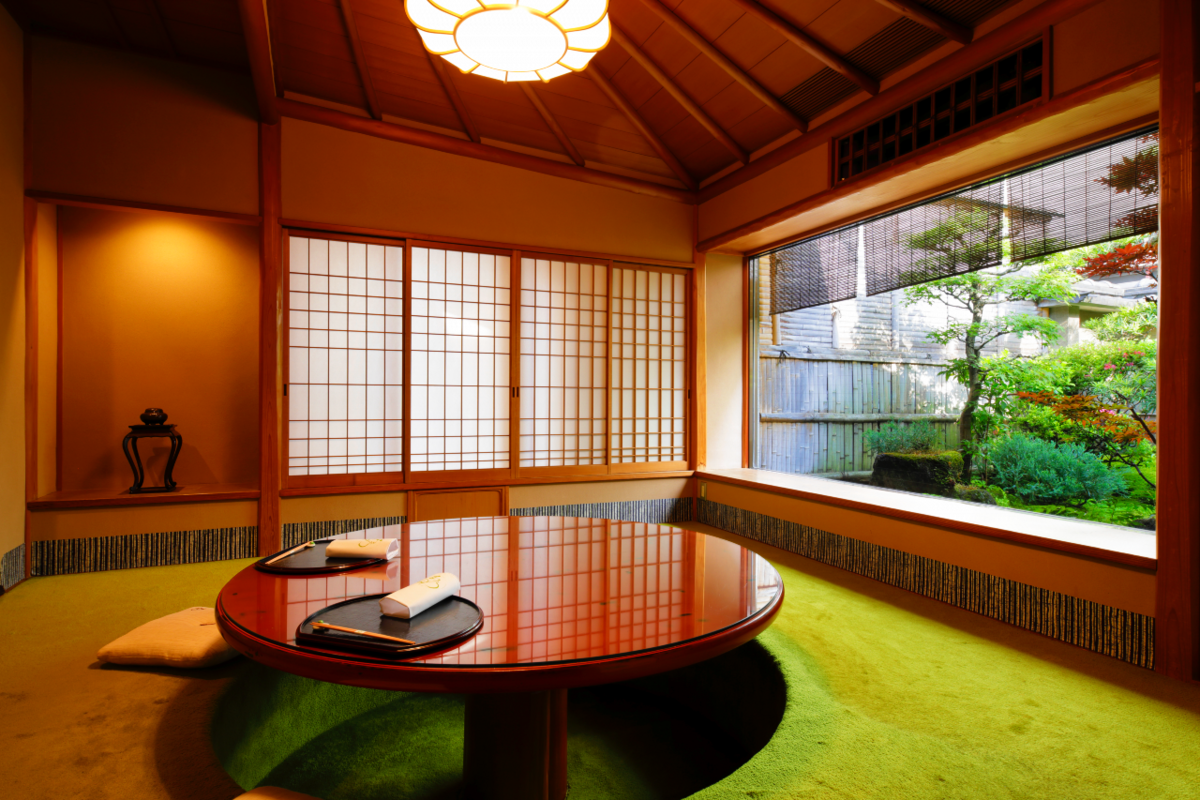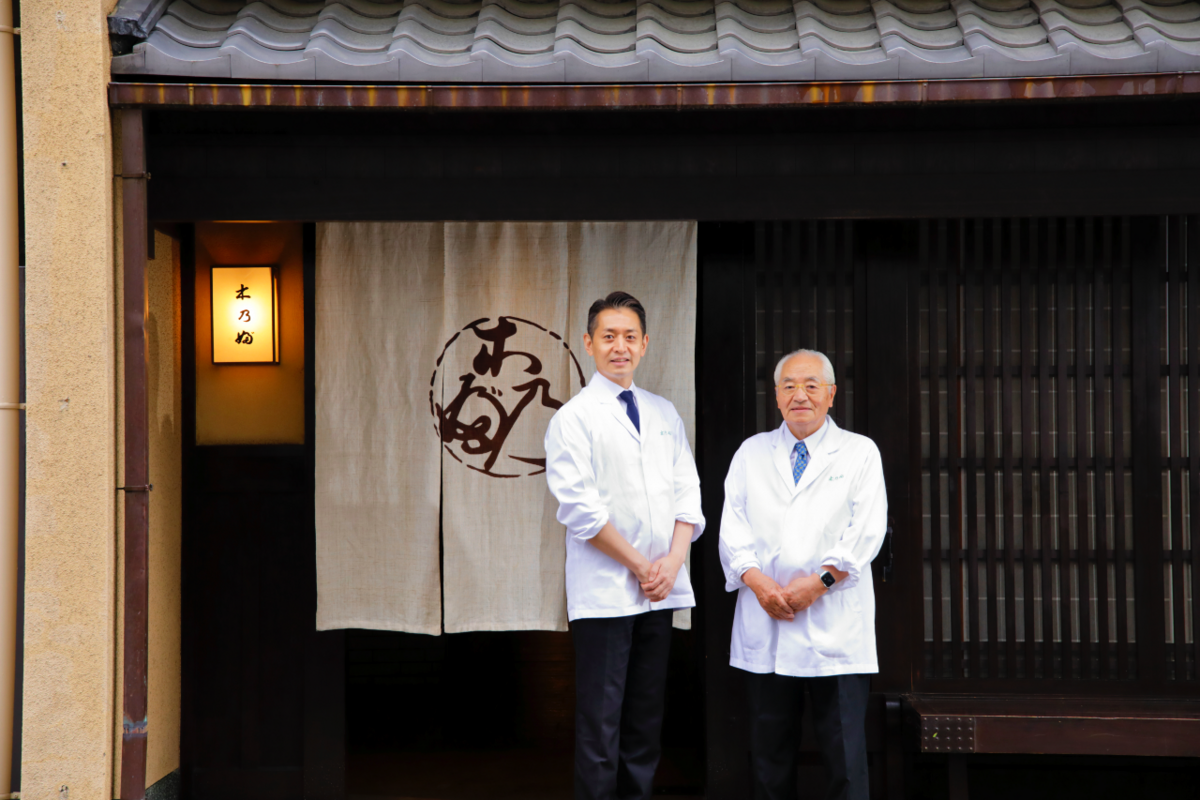See & Do
Spreading the appeal of Japanese cuisine from Kyoto to the world: Traditional Kyoto dishes prepared in accordance with the food culture and times (Part 1) [Kyoto Tourism Today]
See & Do
Spreading the appeal of Japanese cuisine from Kyoto to the world: Traditional Kyoto dishes prepared in accordance with the food culture and times (Part 1) [Kyoto Tourism Today]
Here we will be introducing Takuji Takahashi, the third-generation owner of Kinobu, a restaurant that has been credited with revolutionizing Japanese cuisine and continues to introduce new facets of Japanese food. The restaurant's numerous innovative initiatives, not just in terms of its dishes but also through its efforts to overcome the challenges of the pandemic and to train its staff, have won over the hearts of many.
Creating Kyoto cuisine that matches the food culture and times with a spirit of enterprise

Today, wine is served in almost all Japanese restaurants, but 30 years ago, when Takahashi was just starting out, many people rejected the idea, believing that wine was too acidic and would not suit Japanese food.
However, Takashi’s view was that “The reason they don't go together is because we don't have the skills to pair them. We just need to come up with new ideas to make them pair well.” He began studying wine, became a certified sommelier, and after much trial and error, the taste he created earned the approval of many people.


Lessons learned from interacting with French chefs, spreading the appeal of Japanese cuisine from Kyoto to the world
As a result, while he was able to recognize the superiority of Japanese cuisine in terms of knife handling and boiling and stewing, when it came to the technique of grilling, he had to give the upper hand to French cuisine due to the wide variety of methods and the large number of ingredients used. Inspired by his discovery, Takahashi traveled to France, spending a month traveling around various regions such as Bordeaux and Nice, where he conducted research. After learning about the respective characteristics of French and Japanese cuisine, where Japanese cuisine is more reliant on water while French cuisine is marked by the use of oil, he was able to expand the range of his cooking even further.
Takahashi was also one of the founding members of the Japanese Culinary Academy, which was established in Kyoto in 2007 by leading figures in Kyoto cuisine with the aim of promoting food education and international exchange, and he has been an active member of the organization since its inception. These efforts eventually proved fruitful, and in 2013, “Washoku: Traditional Dietary Cultures of the Japanese” was registered as a UNESCO Intangible Cultural Heritage, serving as a catalyst for its popularization around the world. Reflecting on his personal journey, Takahashi says, “I think that by creating a place where we can learn how to define what Japanese food is and how to make it taste good for people from other countries, we have laid the groundwork for supporting today's inbound demand.”
Turning the pandemic into an opportunity: Were the traditional culinary practices of Kyoto already aligned with the SDGs?
In the wake of the pandemic, which had a devastating impact on the food and beverage industry, he spied an opportunity and decided to use his free time to completely renovate the kitchen.
While the restaurant had always taken thorough measures to ensure hygiene in the kitchen and in the plumbing, additional measures were taken to create an even more hygienic environment, including the creation of wet and dry areas and the complete renovation of the plumbing ducts to improve air intake and exhaust efficiency. On the service side, thorough measures were taken so that contact with others could be avoided when customers entered the restaurant, and a rule was created that each person would be given a space equivalent to two tatami mats (around 3.2 m²), and that the maximum number of people allowed in a tatami room would be eight.
In addition, as a member of the Certification System Preparatory Committee, which was established by volunteers from the Kyoto Cuisine Mebaekai, he was involved in the establishment in 2021 of the “CCNN (Chef's Criteria of New Normal),” a set of 100 unique certification standards for restaurants, under the supervision of experts. These standards were established for the purpose of raising the hygiene levels and basic knowledge of restaurants, and a web-based system was created to enable the management of all aspects of hygiene in restaurants. Needless to say, Kinobu meets the criteria, and Takahashi now has his sights set on the future, adding, “If another crisis were to occur, we would be able to quickly put countermeasures in place thanks to this system we have created.”
As part of their efforts to achieve the SDGs, they have been minimizing food waste by operating on a reservation-only basis, and have also been careful not to use disposable containers for their catering services. “However, this is something that has always been done at Kyoto cuisine restaurants, so we are just continuing what we have always done since the restaurant was first established,” says Takahashi. One could say that the SDGs are aligned with the spirit that has always existed in the traditional lifestyles and culture of Kyoto.
■Related links
[Kyoto Guidelines] Collection of Good Practices
Kinobu Official Website


